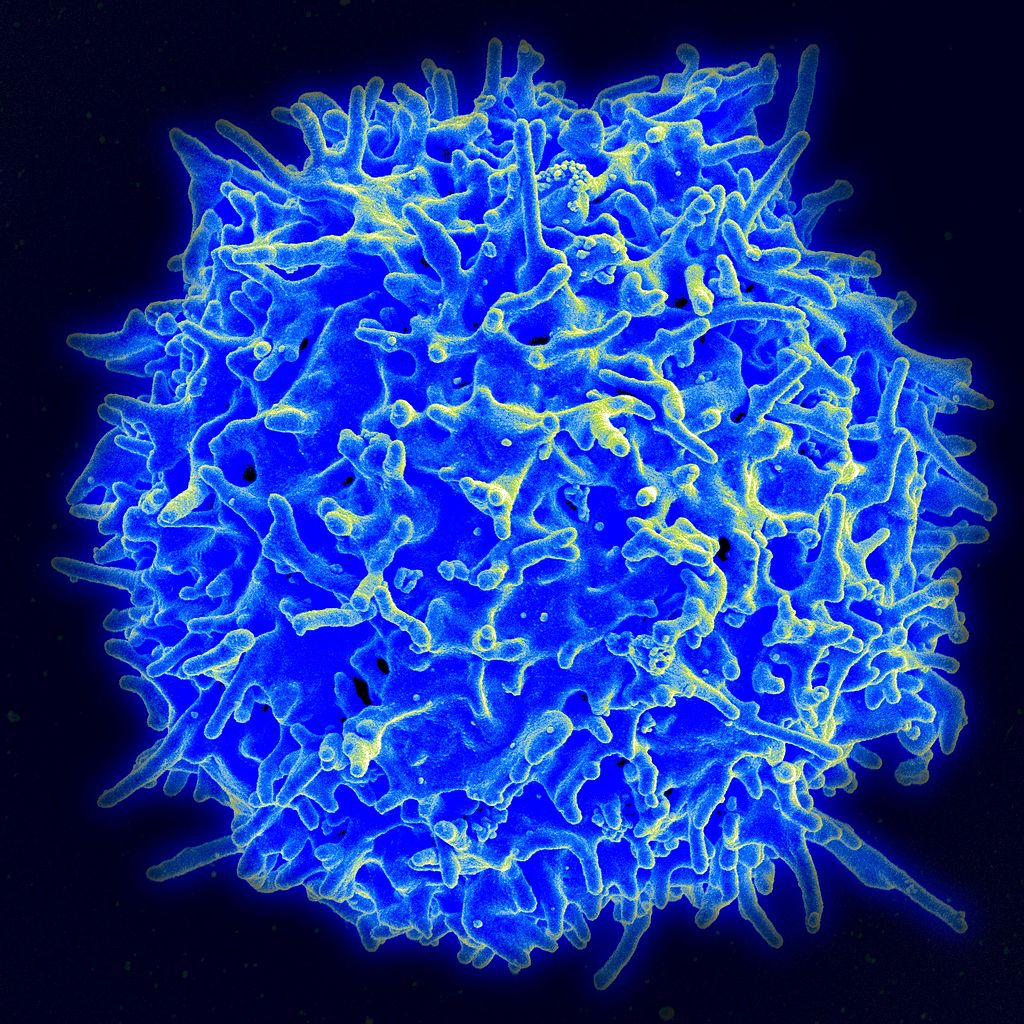Good news, everyone! Science has made another tiny, gradual step towards one day finding a functional cure for HIV. Thanks to an incredibly complex procedure that involves molecular scissors (sidenote: BADASS.) Scientists at Stanford have developed T-cells that resistant to HIV.
According to a Stanford press release, the procedure uses molecular scissors to cut into T-cells, and then insert a series of HIV-resistant genes. The virus was therefore blocked from entering the cells, which is typically how it invades and then destroys the immune system.
Scientists also anticipated the ever-mutating forms of HIV by engineering the cell on multiple fronts to become resistant to the virus. Matthew Porteus MD, an associate professor at Stanford explained that by also inactivating the receptors that the virus typically uses to enter cells, the cell becomes even further protected.
Advertisement“We can use this strategy to make cells that are resistant to both major types of HIV,” he said. This tailored gene therapy could reduce or replace an HIVer’s daily drug regimen, but clinical trials would still have to take place before the approach can be administered on humans. [SOURCE]
So let’s break down what this means: For someone who’s HIV-positive, providing them with HIV-resistant T-cells would probably be a preferable method of treating HIV than a daily regimen of pills.
As it stands, this would really only serve as a method of treating HIV rather than curing it, although theoretically speaking, if it was possible to make all of a person’s T-cells HIV-resistant — which would be incredibly difficult. — then we would be able to make them immune to HIV. Once again, science isn’t at the point where it can convert all of a person’s T-cells like that, but still, it is a pretty remarkable step forward.

 Why you can trust Xtra
Why you can trust Xtra


